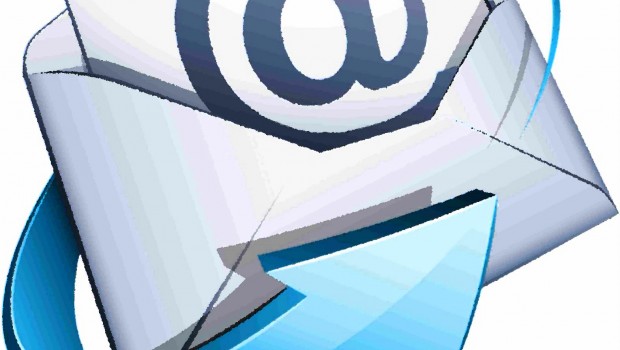Technology Extreme Phishing – Spam plumbs new depths
We’ve all got used to spam, the daily deluge of emails offering prescription meds, pornography, hot share tips and so much more that even the best filter can’t eradicate entirely. There has always been a more malicious subgenre of spam known as phishing. These emails usually purport to come from your bank or another financial services company and a common ploy is to claim that you have been locked out of your account and need to enter your account details, username and password to reactivate it. While this might seem an extremely unsubtle approach, it is surprising how many people have fallen for it over the years. Tens of millions of pounds have been stolen using this technique.
Phishing attacks have fallen off markedly in the last couple of years, for several reasons. Firstly, internet security for bank accounts has greatly improved; most banks now offer a security device that generates a unique number every time you log on. Without the device it is virtually impossible to access the account. At the same time, large scale financial criminals have found it easier to steal financial data from overseas call centres. There is now a virtual market in stolen financial information. Internet users have also become much more savvy when it comes to unsolicited emails; there are very few people naïve enough to hand over their bank details in response to a badly worded email supposedly from Nat West Bank these days. Finally, spam filters are certainly not perfect, but they are a lot more effective than they used to be. Only a small proportion of the spam sent out makes it through to people’s inboxes.
Ever adaptable, the spammers have changed their line of attack. The aim of most malicious spam these days is not to sell dodgy meds or stocks, or even to con people into giving up sensitive financial data. Instead it is to lodge malicious spyware onto the recipient’s computer. This malware can perform a variety of unpleasant tasks but one of the most common is to take control of the computer so that it becomes part of a botnet. A botnet, short for robot network, is a network of computers that is controlled by a master server via the malware. The botnet can be used to launch Distributed Denial of Service (DDoS) attacks against the IT servers of large organisations. In such a situation, numerous computers connect to a server simultaneously and use up all the bandwidth, meaning legitimate users cannot access the system. DDoS attacks have been launched by national governments against intelligence or commercial targets, by hacker groups such as Anonymous to promote their own agendas and by cyber criminals as straightforward blackmail. This type of malware usually takes control of the host computer’s email server in order to recruit more computers for the botnet. The malware may also “spy” on the host computer and use keystroke logging software to extract sensitive financial information.
To download the malware onto their computer, the email recipient must usually click on a link within the email. As I said, internet users are a lot less naïve than they used to be and the spammers have had to be much more inventive in making the emails appear genuine. Nobody is going to be fooled by an email from a financial services organisation they don’t even have an account with anymore, so now the emails come from courier companies who couldn’t deliver a parcel, or from HMRC querying your last tax return, or from Companies House regarding a complaint lodged against your business… the list goes on. A recent example that has attracted widespread outrage purported to be from the NHS. It said that following a recent blood test, the count of white blood cells suggested a high risk of cancer in the recipient and that they should contact their GP via the attached form!! Spammers, they must be among the top ten most despicable groups of people on the planet.
Graham Iek






Comments